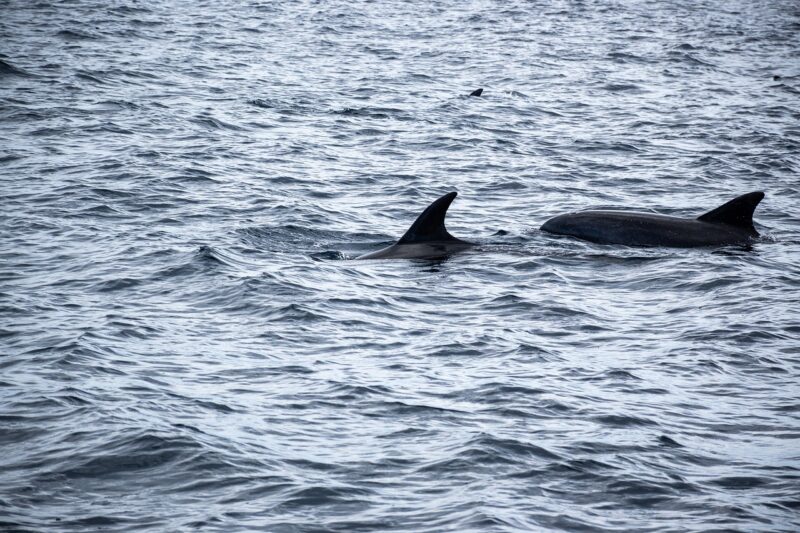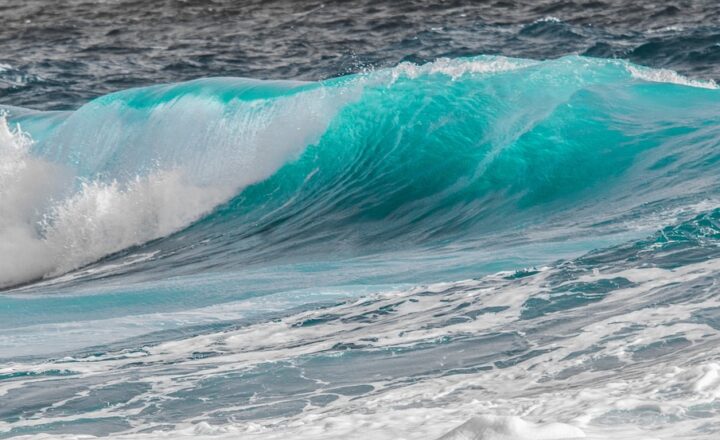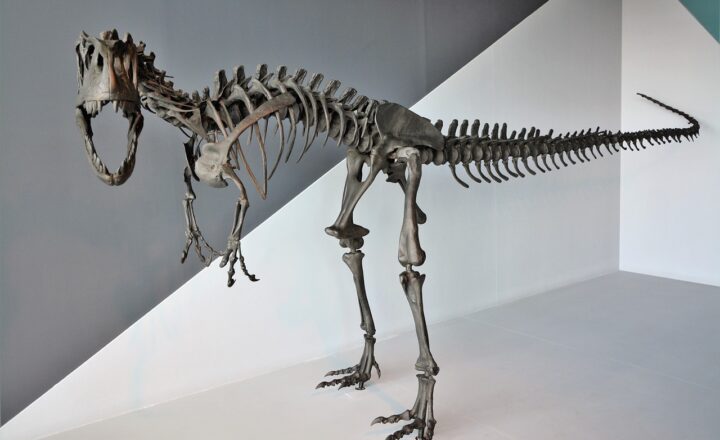How Ancient Sea Creatures Ruled the Oceans Before the Age of Dinosaurs
November 14, 2024

The vast oceans of our planet have been home to countless life forms throughout its history. Long before the emergence of dinosaurs, these marine environments teemed with a diverse array of ancient sea creatures that ruled the waters. From massive predators to peculiar filter feeders, the prehistoric oceans were a veritable playground for evolution. This article explores the fascinating world of ancient marine life, the ecosystems they thrived in, and their impact on the evolution of life on Earth.
1. The Cambrian Explosion: A New Dawn for Marine Life
Around 541 million years ago, the Cambrian period marked a significant turning point in the history of life on Earth. This period, referred to as the Cambrian Explosion, saw an unprecedented diversification of life forms. An incredible array of marine organisms appeared, many of which are ancestors to modern species. Key players from this era included:
- Trilobites: These hard-shelled arthropods were among the most abundant creatures of the Cambrian seas. Some trilobites could reach lengths of over 30 centimeters and were excellent swimmers, using their large compound eyes to spot prey from a distance.
- Anomalocaris: Often considered one of the first apex predators, Anomalocaris was a fearsome creature that could grow up to one meter in length. With its unique body structure and grasping appendages, it preyed on smaller animals like trilobites and soft-bodied creatures.
- Opabinia: With a curious body design, Opabinia is characterized by its flexible trunk and five eyes. This unusual creature likely used its proboscis to catch small prey, showcasing the diverse tactics early marine animals developed for survival.
The Cambrian Explosion set the stage for future evolutionary developments, establishing complex food webs within ancient oceans.
2. The Ordovician Period: Diversification and Predators
Following the Cambrian, the Ordovician period (485 – 444 million years ago) saw an incredible diversification of marine life. During this time, marine ecosystems transformed significantly as new life forms emerged:
- Cephalopods: Ancestors of modern squids and octopuses, cephalopods became highly adept predators. Their remarkable ability to camouflage, combined with their intelligence, made them formidable hunters in the ocean depths.
- Bryozoans: These small, colonial animals formed reefs and provided habitats for other marine creatures. Their collective structures helped stabilize the ocean floor and contributed to biodiversity during this period.
- Graptolites: Resembling tiny colonial organisms, graptolites floated in the water column and provided insight into the ancient marine environment through their fossilized remains. They played a crucial role in marine food chains, serving as food for larger species.
This period was also significant for the development of various feeding strategies, from filter feeding to active predation, ultimately shaping modern marine ecosystems.
3. The Silurian and Devonian: Age of the Fishes
As time progressed into the Silurian (443 – 419 million years ago) and Devonian periods (419 – 359 million years ago), fish began to dominate the ancient oceans. This era is often dubbed the “Age of Fishes” due to the proliferation of diverse fish species:
- Jawless Fish: Early fish like armored ostracoderms flourished during this time. With their bony armor and filter-feeding abilities, they filled ecological niches in the crowded seas.
- Acanthodians: Known as spiny sharks, these fish introduced early jaw structures, paving the way for future evolution of vertebrates. Acanthodians were agile swimmers and diverse feeders, showcasing the rapid adaptation of life in the oceans.
- Placoderms: Considered some of the first true jawed fish, placoderms were powerful predators equipped with bony plates and articulated jaws. Their dominance over marine ecosystems marked a significant evolutionary milestone.
These innovations in body structure and predation strategies showcased the intricate dance of evolution, helping shape the foundations for all aquatic life that would follow.
4. The Ocean Ecosystems: Interconnected Life and Evolution
The ancient oceans were not isolated from one another but rather interconnected ecosystems that facilitated the exchange of species and genetic diversity. Essential elements of these ecosystems included:
- Coral Reefs: Early coral formations emerged during the Silurian, providing habitats for a wealth of marine life. These reefs acted as essential breeding grounds and nutrient sources, fostering biodiversity in ancient oceans.
- Oxygen Levels: The oceans produced vast amounts of oxygen through photosynthetic organisms like cyanobacteria. This increase in oxygen levels allowed for more complex life forms, giving rise to predatory species and a dynamic interplay of biological interactions.
- Evolutionary Pressures: As predators evolved, so too did prey species, resulting in co-evolutionary relationships that integrated the dynamics of ancient marine life. The necessity for survival drove adaptations and innovations that shaped marine ecosystems over millions of years.
The intricate connections across ancient ocean ecosystems not only fueled the biodiversity of the time but also played a significant role in defining evolutionary trends observed in subsequent geological periods.
5. The Late Paleozoic and the Great Dying
As we transition into the late Paleozoic era, approximately 360 million years ago, a series of significant changes occurred in the oceans that would ultimately alter the course of marine history. The late Paleozoic is marked by the advent of:
- Carboniferous and Permian Periods: During these periods, marine life continued to diversify with the emergence of crinoids, brachiopods, and the earliest reef-forming corals. However, the growing complexity of these ecosystems also introduced competition and predation pressures on marine species.
- Mass Extinction Events: The Permian-Triassic extinction event, which occurred around 252 million years ago, marked one of the largest mass extinctions in Earth’s history. This event led to the extinction of approximately 90% of marine species, dramatically reshaping marine ecosystems and altering the paths of evolution irrevocably.
While this extinction event erased many ancient sea creatures, it also provided opportunities for new life forms to emerge, setting the stage for the diverse fauna that would eventually populate the oceans during the Mesozoic Era, including the age of the dinosaurs.
Conclusion: The Legacy of Ancient Sea Creatures
As we reflect on the ancient sea creatures that ruled the oceans before the age of dinosaurs, it is clear that these organisms laid the groundwork for modern marine biodiversity. The intricate relationships established, predatory adaptations, and ecological dynamics all contributed to the evolution and survival of life on Earth.
The legacy of these ancient ocean dwellers extends beyond their extinction; they continue to inspire scientists and researchers, helping us understand the evolution of life and its trajectory over millions of years. As we explore the depths of our oceans today, we can still find echoes of these remarkable ancient beings, reminding us of the rich tapestry of life that once thrived in the ancient seas.
Whether through the lens of paleontology or modern marine biology, the story of ancient sea creatures is a captivating chapter in the history of life on Earth—a testament to resilience, diversity, and the relentless march of evolution.







